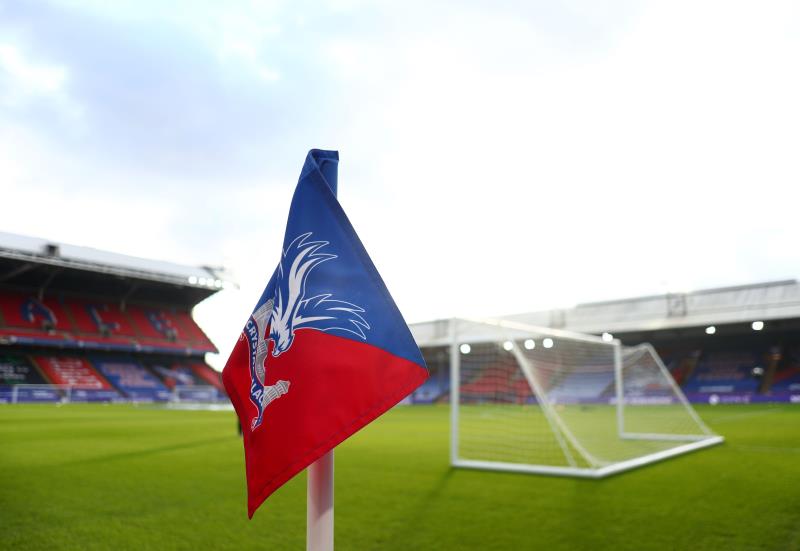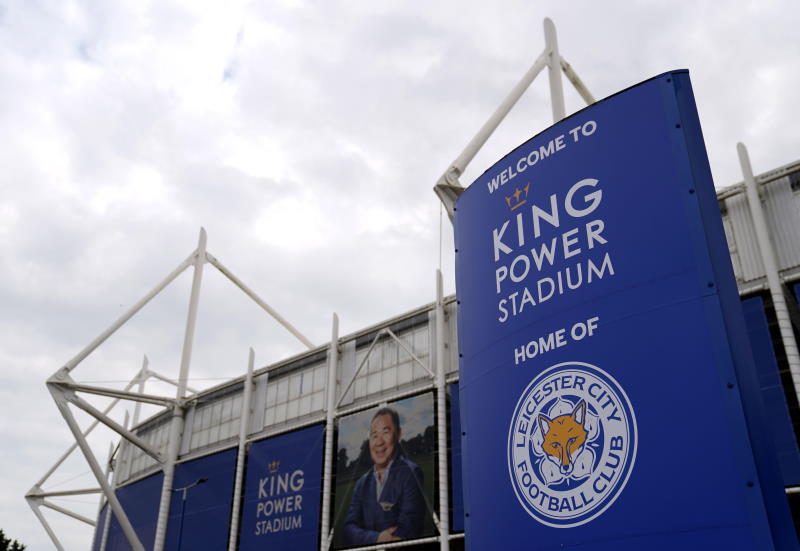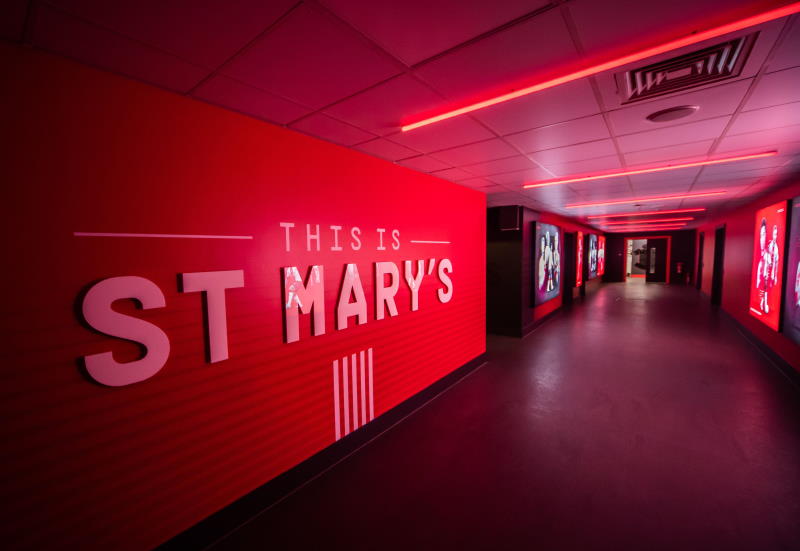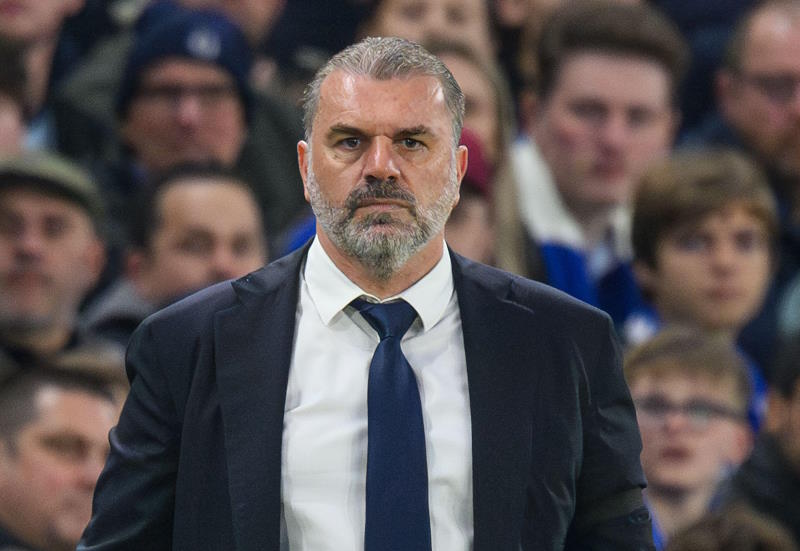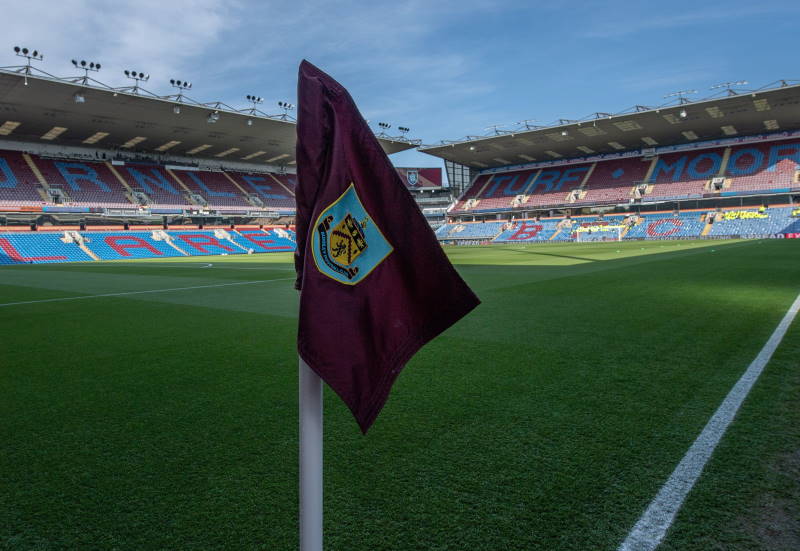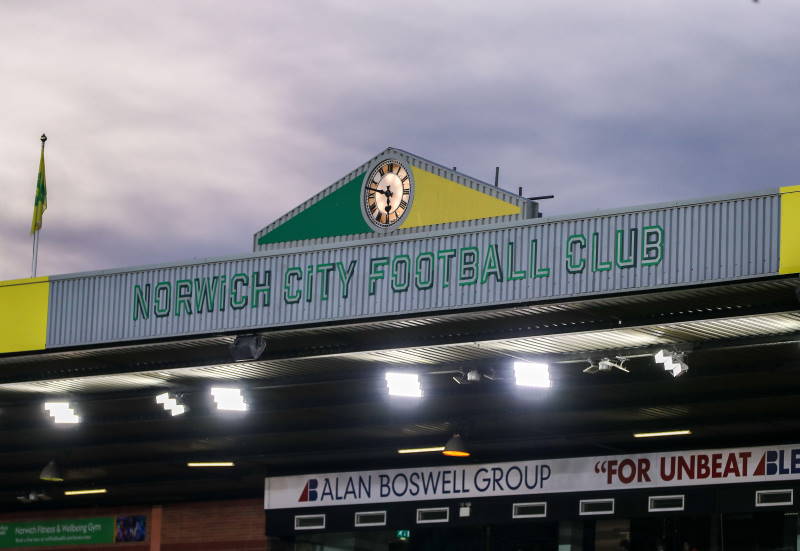
Rick D'Andrea
Press conferences given by losing coaches are often bland and uninteresting events. But just now and then one sparks an issue to life and provides more of a talking point than the game just seen. This is even more so if the press conference brings the level of the league itself into question.
As Branko Culina’s team, the Newcastle Jets, lost 1-0 to Wellington Phoenix at EnergyAustralia Stadium, the 52-year-old lashed out at both the A-League and foreign coaches brought in to provide instant results.
The Novocastrians’ boss began with a tirade, attacking the quality of A-League players and teams, as a journalist asked the ‘passionate one’ if his team still had a chance of making the finals. Culina’s response: “We’re only a finals team because all the teams around us are pretty s**t.”
Does Branko Culina have a point? Is the quality of the A-League teams at such a disparagingly low level that a team sitting in last place (as Culina's side are at the time of writing) still have a shot at winning the title at season’s end?
In how many leagues, half-way through a campaign, can a club that has struggled to find form, gel as a team, and get a full-strength side on the pitch week-in week-out, be actually considered as having a chance of claiming silverware?
The Football Federation of Australia (FFA) would respond by saying that it is the ideal situation for the competition: that any of the sides in contention has a shot of taking home the coveted prize. It would also argue that a close league ladder means that matches will be worth more to teams, and more goals could be scored, thus leading to more people coming through the turnstiles.
So how did the FFA respond to Culina? By whacking the former Sky Blues tactician with a $3,000 fine, claiming that the Croatian-born manager was in breach of the league’s code of conduct. Therefore, expressing an opinion about the current state of affairs in the A-League sees the FFA issue a hefty fine, rather than an attempt to rectify the problem. Even though Culina does not put forward any suggestions as to what can be done to further improve the quality of football on offer, one suggestion that has been touted is the introduction of a second division.
A second tier may seem unsustainable at the moment, as crowds are on the decline, but what it would do is improve the standard of football in Australia. Teams would be fearful of sliding down the pyramid, and it would also allow players in lower, state divisions to rise to the challenge of meeting better opposition, and, perhaps, impress. And by impressing scouts, the benchmark can slowly start to be raised. Isn’t that what loyal football fans in Australia want, other than just seeing their team win?
Minnows can often be a benefit to the higher division too. Many times so called smaller clubs have enjoyed lengthy runs of form which have shocked and challenged powerhouses, also allowing some of their number to shine and be catapulted onto the big stage. This, with the absence of a second tier, is lacking in Australia.
Only one real top flight, with no relegation, means that the clubs involved generally stay the same year-in, year-out, without the influx of fresh talent which can get supporters excited. The A-League could even remedy this situation straight away, by the simple inclusion of youth teams in a second tier, in much the same way that Real Madrid and Barcelona have a B-team in the Spanish league system. It would at least be a start.
Branko Culina had indeed made a worthy point, but it could have been expressed much more eloquently. A team that is rock-bottom does not deserve the right to still be considered a finals contender half-way through the campaign. But the abundance of marquee and guest players raises the current level above the substandard he described.
Doom and gloom it is not, but after five years, the introduction of a two-tiered league system would spark more interest in a competition that has to fight for a spot in the marketplace. Unsustainable it may seem on paper once the numbers are added up, but there would be more opportunity for youngsters to come into the system, move to Europe and become household names, and possibly wear the infamous Socceroos jersey.
Related Articles:
- – A-League Suffering Attendance Decline
- – Australia's No1 Jersey Future in Safe Hands
- – Are A-League Guest Players Not Working Out?
Photo courtesy: rich115


